Few muscle cars managed to bridge raw power with real-world handling the way the 1970 Camaro Z/28 did. It wasn’t just a faster version of the first-gen—it was a full-on reinvention. Chevrolet delayed its debut to get it right, and what they delivered was more than a fresh look. With a Corvette-sourced LT-1 under the hood and a chassis tuned for corners, the Z/28 proved that small-block muscle could still hit hard—and actually stay planted doing it. This car wasn’t just fast for its time—it reshaped what performance coupes could be.
A Clean Slate: All-New Second-Gen Design

The 1970 Camaro Z/28 didn’t just carry over the first-gen’s success—it started fresh. GM delayed its release to February 1970 so they could get the design right, and it paid off. The car was longer, wider, and lower, with a fastback profile that set it apart from the competition. This wasn’t just a styling tweak—it was a full overhaul.
Unlike the ’69 Z/28, the ’70 model had sleeker lines, a wider track, and better weight distribution. Chevrolet called it a “European-style” muscle car, and while that’s up for debate, the new shell gave it road manners that caught people off guard—in a good way.
LT-1 Small-Block Punch
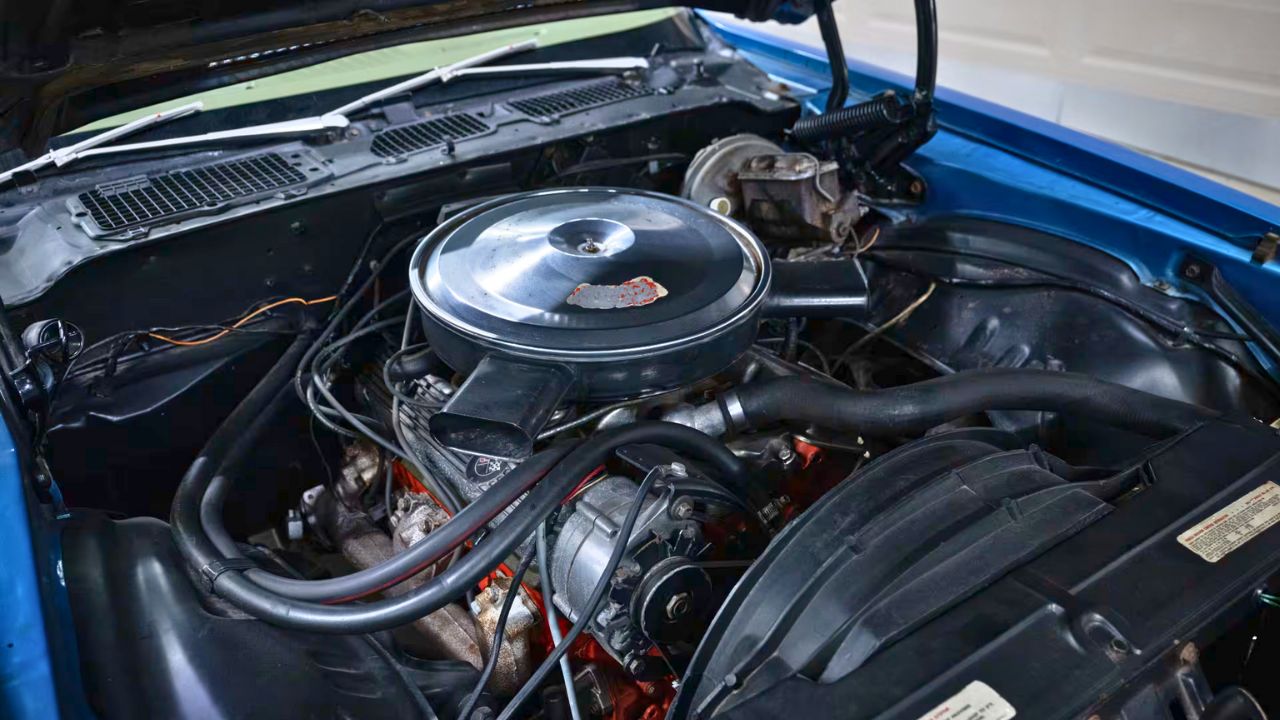
Under the hood sat the 350-cubic-inch LT-1 V8, lifted straight from the Corvette. It was rated at 360 horsepower at 6000 rpm and 380 lb-ft of torque at 4000 rpm. That was conservative. Real output was closer to 400 horses—raw, high-winding power delivered through solid lifters and a 780 cfm Holley four-barrel carb.
With 11.0:1 compression, forged pistons, and an aluminum intake, the LT-1 was a serious piece of kit. It loved to rev and had a wide, usable powerband. It wasn’t the biggest block around, but in the Z/28, it made the car feel light on its feet and quick off the mark.
Muncie M22 and 4.10 Gears
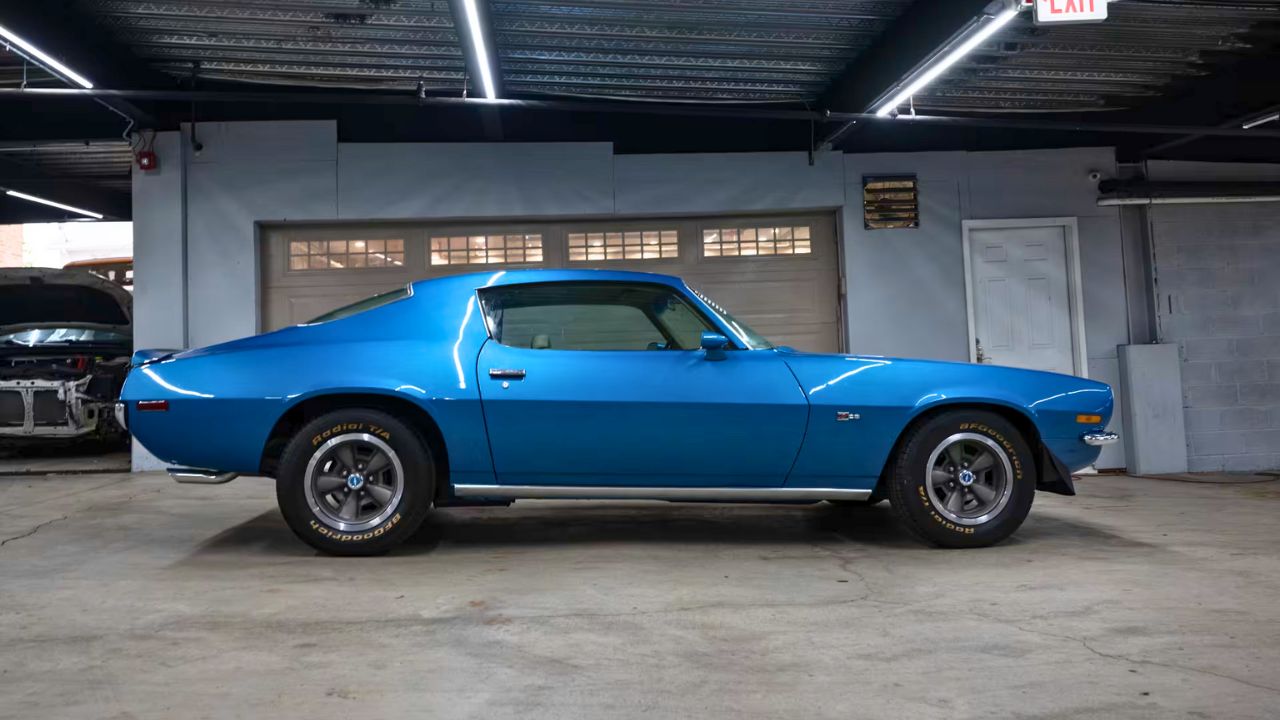
The Z/28 came standard with a 4-speed manual, and buyers could spec the Muncie M22 “Rock Crusher” transmission. This gearbox earned its nickname from its brutal sound and beefy internals. Pair that with optional 4.10 rear gears, and the Z/28 was built to run hard between traffic lights—or from corner to corner on a backroad.
Chevrolet made sure the gearing matched the LT-1’s high-revving nature. At the strip, this setup could put down low-14s, and with sticky tires and good traction, a high-13 was within reach. For a small-block car, it had no trouble embarrassing big-blocks.
Racing Pedigree in the DNA
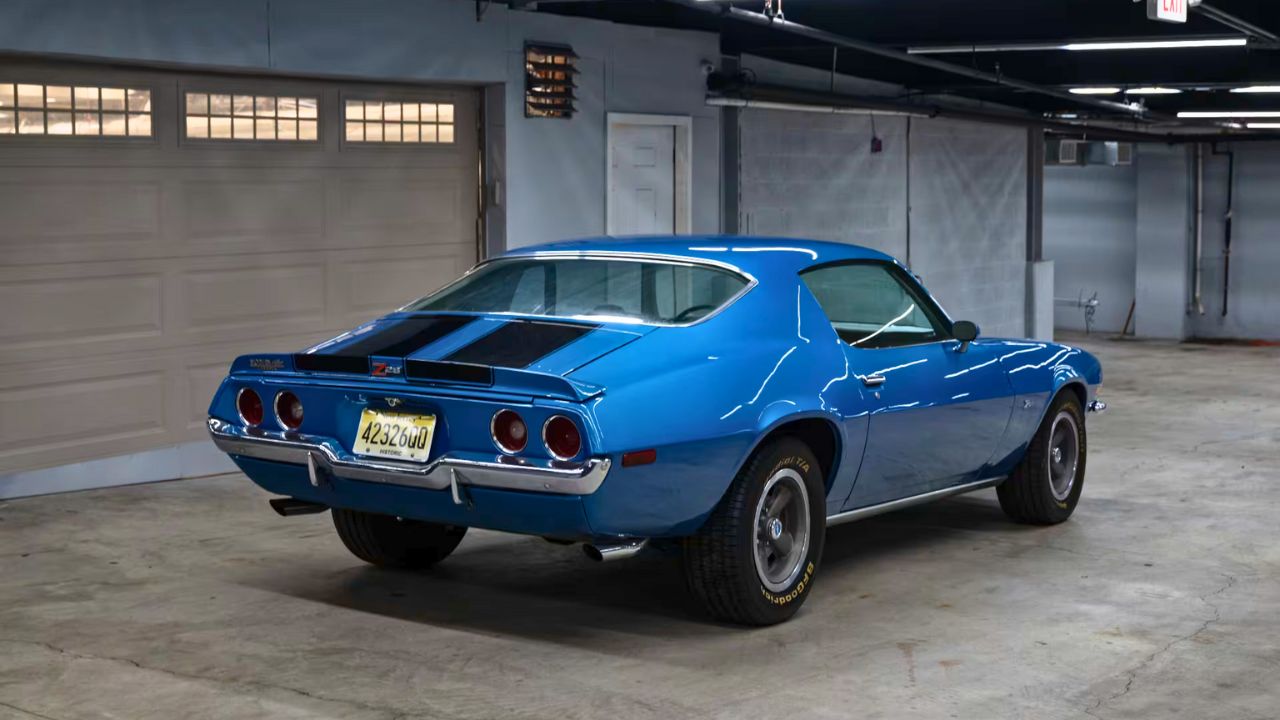
The first-gen Z/28 was born for Trans-Am racing, and the 1970 model kept that spirit alive. Chevrolet built the Z/28 to meet homologation rules for the SCCA Trans-Am Series. Though rules shifted by 1970, the LT-1 powertrain and road handling still screamed race-ready.
Though it never saw the same track success as the ’67–’69 cars, the street car had all the makings of a capable performer. It came with a heavy-duty suspension, quick-ratio steering, and optional Positraction. This wasn’t a muscle car made just for straight-line glory—it was tuned for twisty roads, too.
Suspension That Could Actually Corner
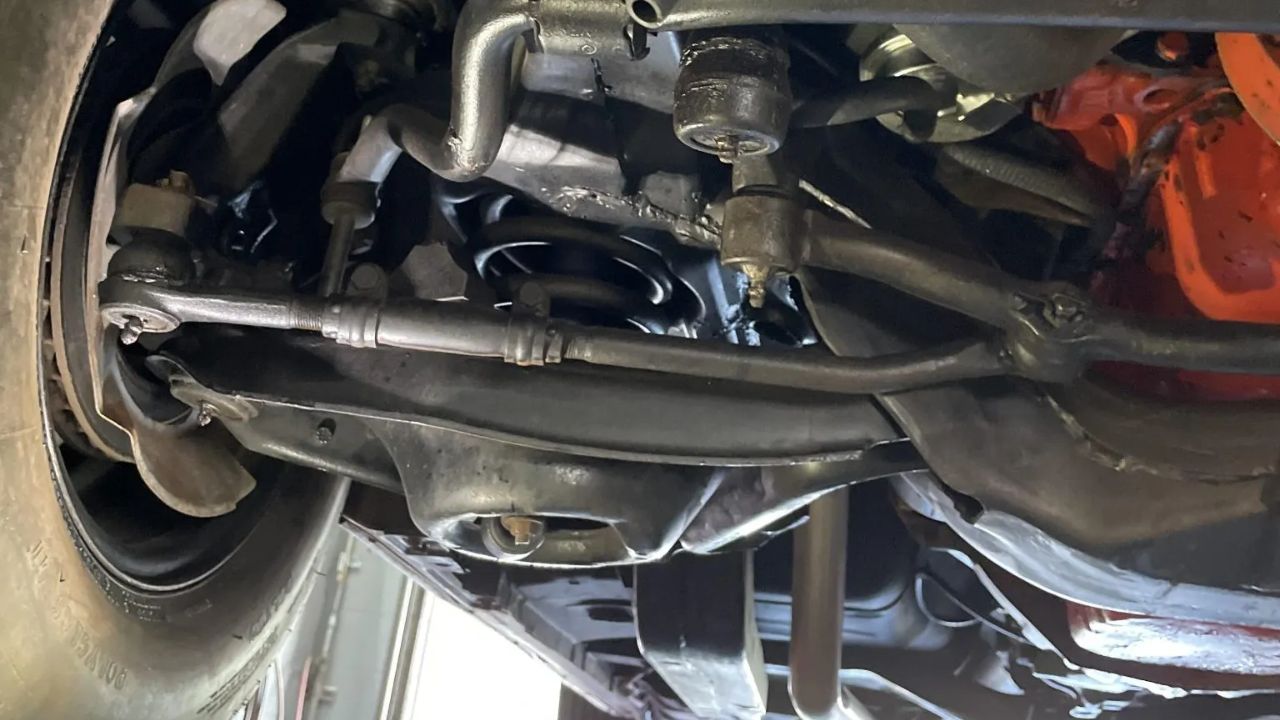
Unlike many muscle cars of the era, the 1970 Z/28 could handle itself in the turns. The car came with F41 suspension, which included front and rear stabilizer bars, stiffer springs, and upgraded shocks. It gave the Z/28 real bite through the corners.
Front disc brakes were standard, and optional power brakes helped it haul down from speed. Coupled with the car’s wide stance and low center of gravity, the Z/28 handled more like a European GT than a traditional muscle car. It didn’t just look quick—it was genuinely competent on the road.
Optional RS Package for a Split-Bumper Look

Buyers could option the Rally Sport (RS) package, which gave the Camaro a split front bumper, recessed grille, and round parking lamps. It looked nothing like the base model, and today it’s one of the most sought-after configurations among collectors.
The RS wasn’t a performance upgrade, but it added character. Some Z/28 buyers wanted the street presence without giving up speed. The RS/Z/28 combo let them have both. Though it confused some people back then, today it’s considered a high-point of second-gen Camaro styling.
Low Production Makes It Even Cooler
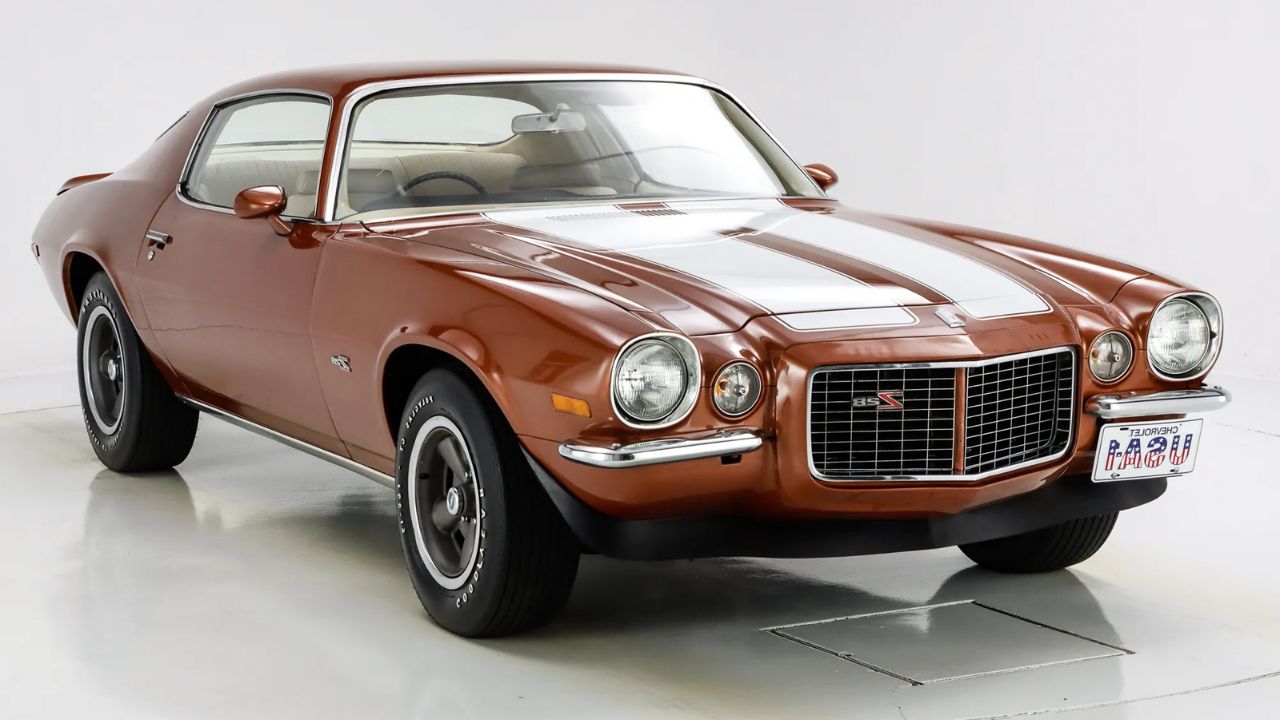
Chevrolet built 8,733 Z/28s for the 1970 model year. That’s a steep drop compared to the nearly 20,000 sold in 1969. Part of that had to do with the late launch, and part of it was the beginning of a performance downturn thanks to rising insurance rates and looming emissions rules.
That lower production makes the 1970 Z/28 a bit more special. It was a car built during the brief window when performance, style, and raw engineering were still a priority. After 1970, the Z/28 would face increasing compromises. This one got through clean.
A Cabin Built for Driving
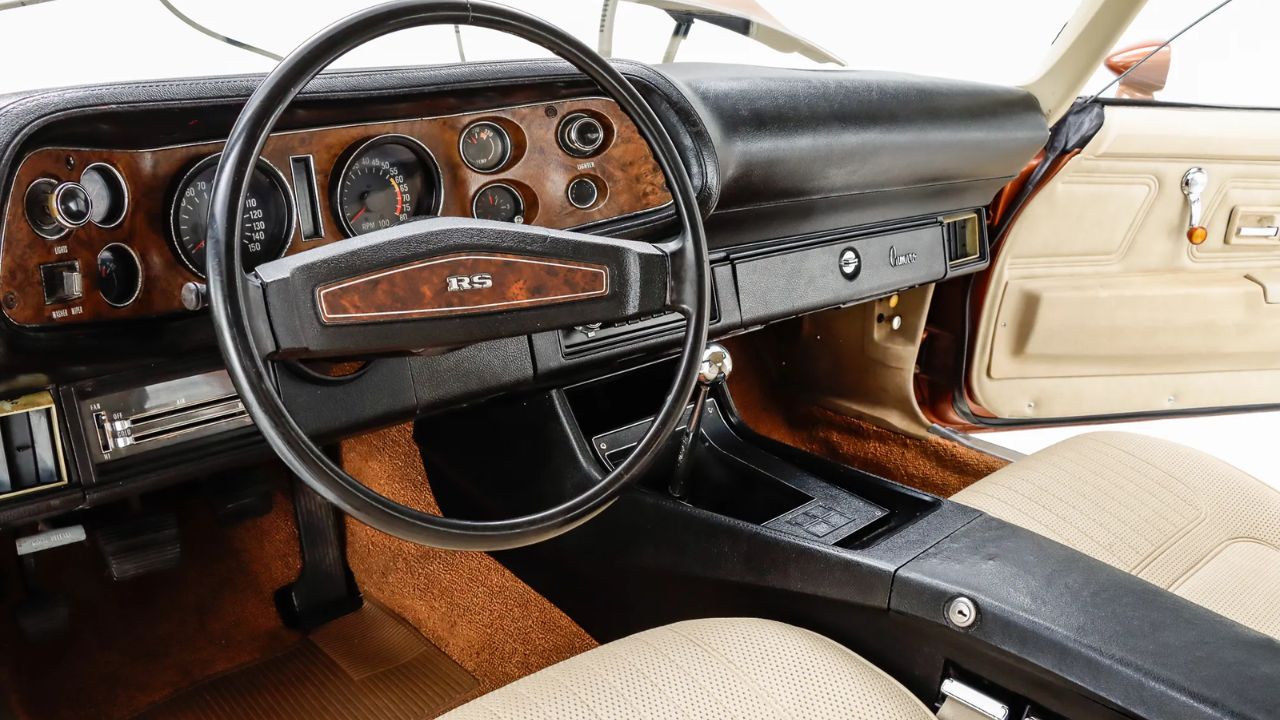
Inside, the Z/28 was spartan but focused. Bucket seats with decent bolstering, a floor-mounted shifter, and a full gauge cluster with a 150-mph speedometer and 8,000-rpm tachometer were standard. No fancy frills—just what you needed to get the job done.
The dashboard wrapped around the driver, and the layout made sense at speed. Even the optional center console felt tucked in and functional. It wasn’t a plush interior, but it didn’t need to be. The 1970 Z/28 made it clear it was a driver’s car before you even turned the key.
Z/28 Badges Meant Something
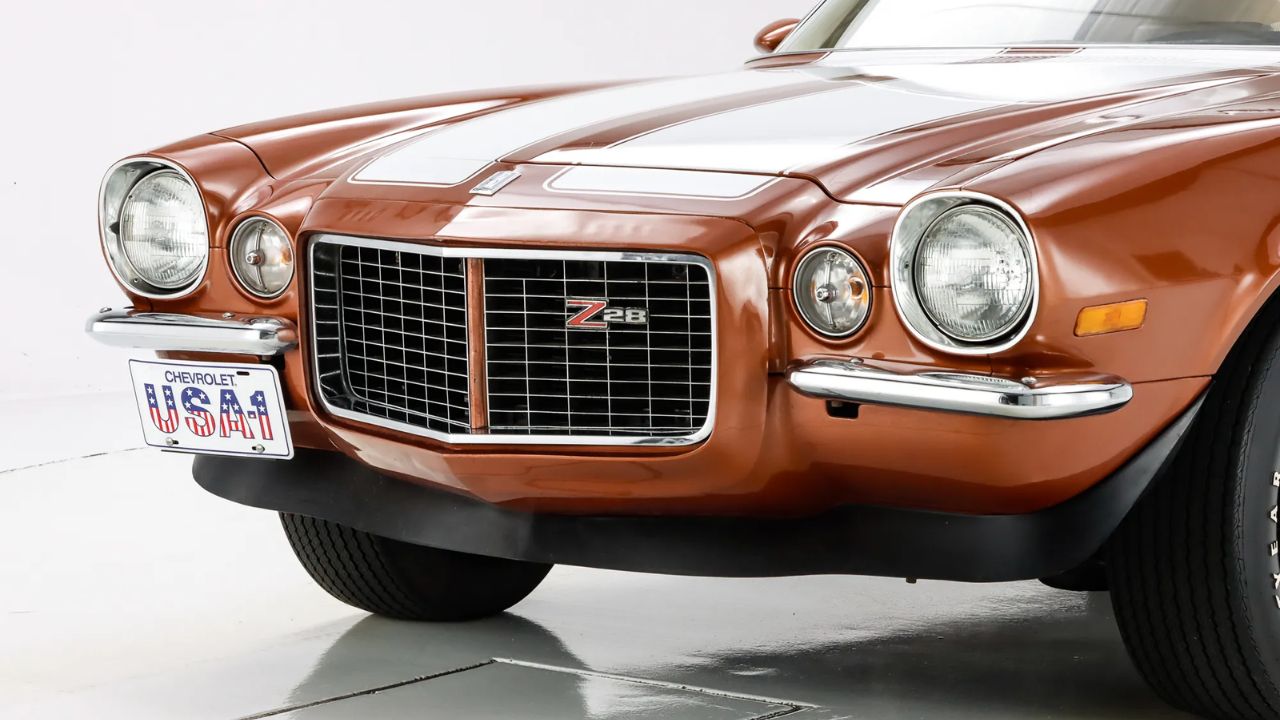
By 1970, Z/28 wasn’t just a trim level—it was a performance badge with real meaning. The small emblems on the fenders and grille told you this Camaro wasn’t running some grocery-getter 307. It was a purpose-built street machine with serious gear under the skin.
Unlike some muscle car options that were mostly about stickers and stripes, the Z/28 badge came with the hardware to back it up. Buyers weren’t paying for style alone—they were getting a legit high-revving small-block, upgraded chassis, and a drivetrain that could take abuse.
A Turning Point for the Camaro
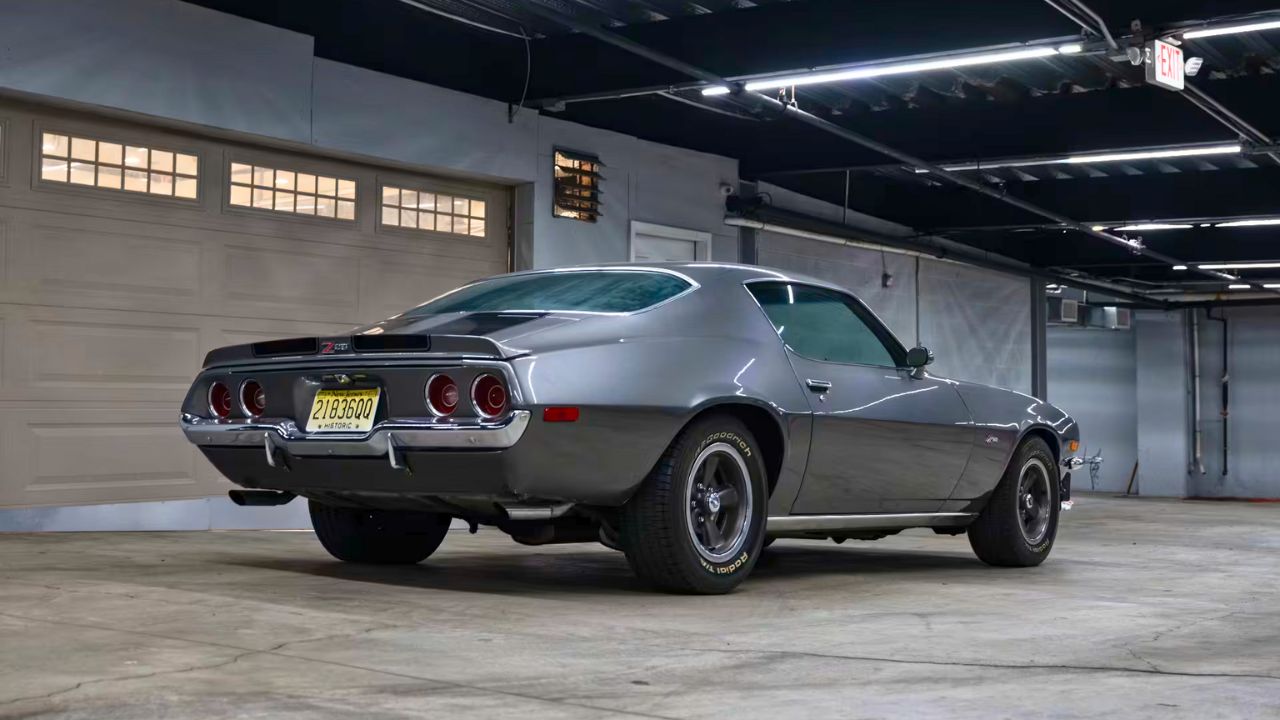
The 1970 Z/28 marked a turning point for the Camaro. It shifted away from the first-gen’s boxy pony car roots and leaned into something more refined—faster, sharper, and better balanced. It helped position the Camaro as more than just a Mustang rival.
The car wasn’t perfect, and it wouldn’t escape the performance drop-off of the coming years. But for one model year, Chevrolet delivered a car that hit all the right notes. It looked serious, drove hard, and proved that small-block muscle didn’t have to play second fiddle.
Like Fast Lane Only’s content? Be sure to follow us.
Here’s more from us:

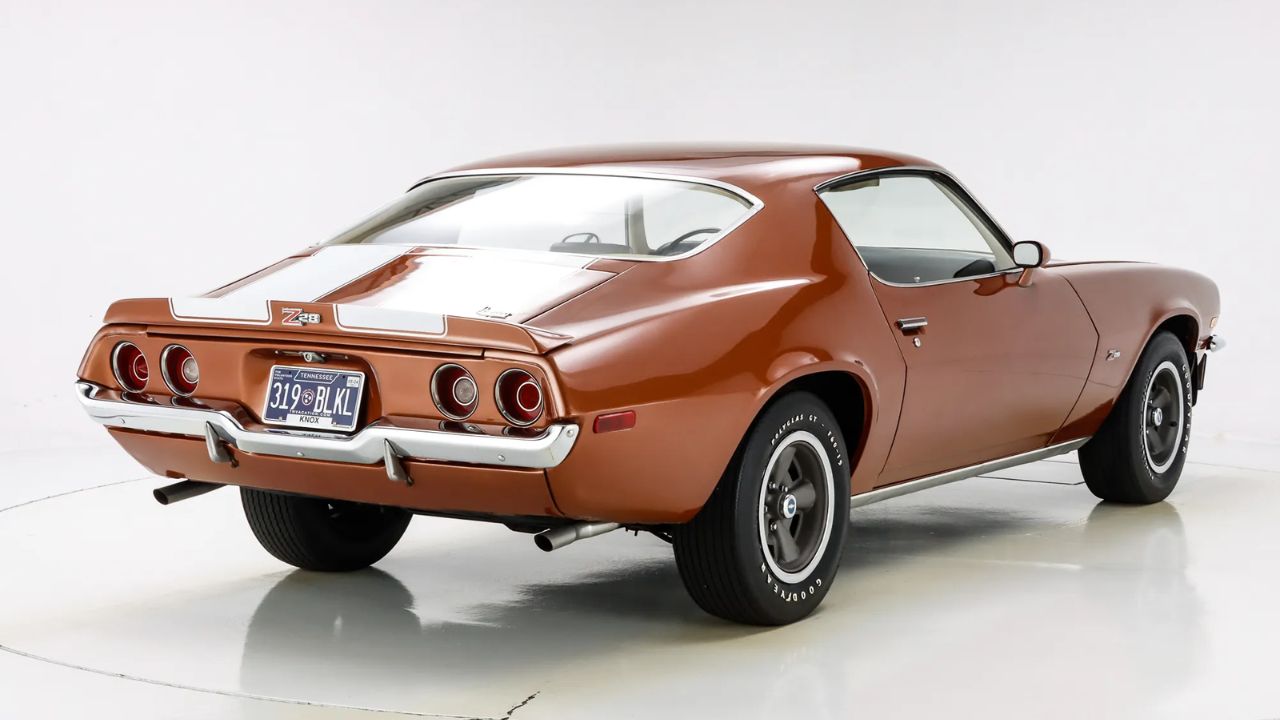
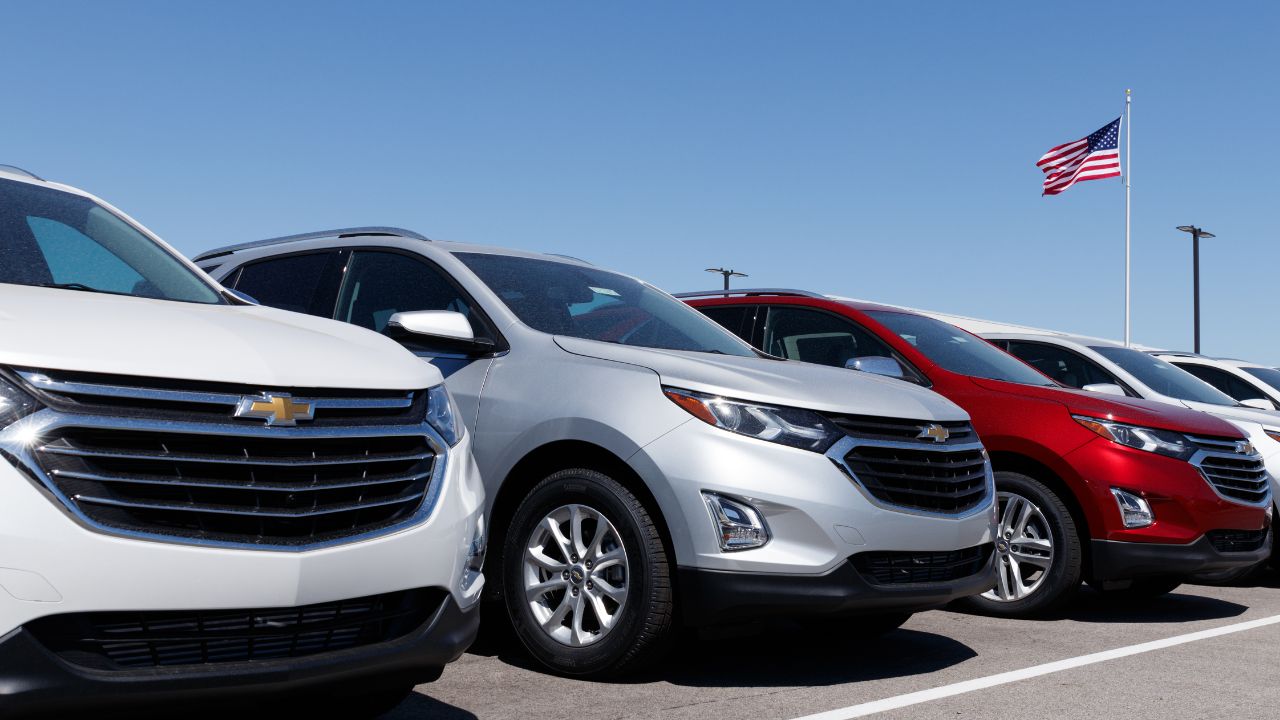



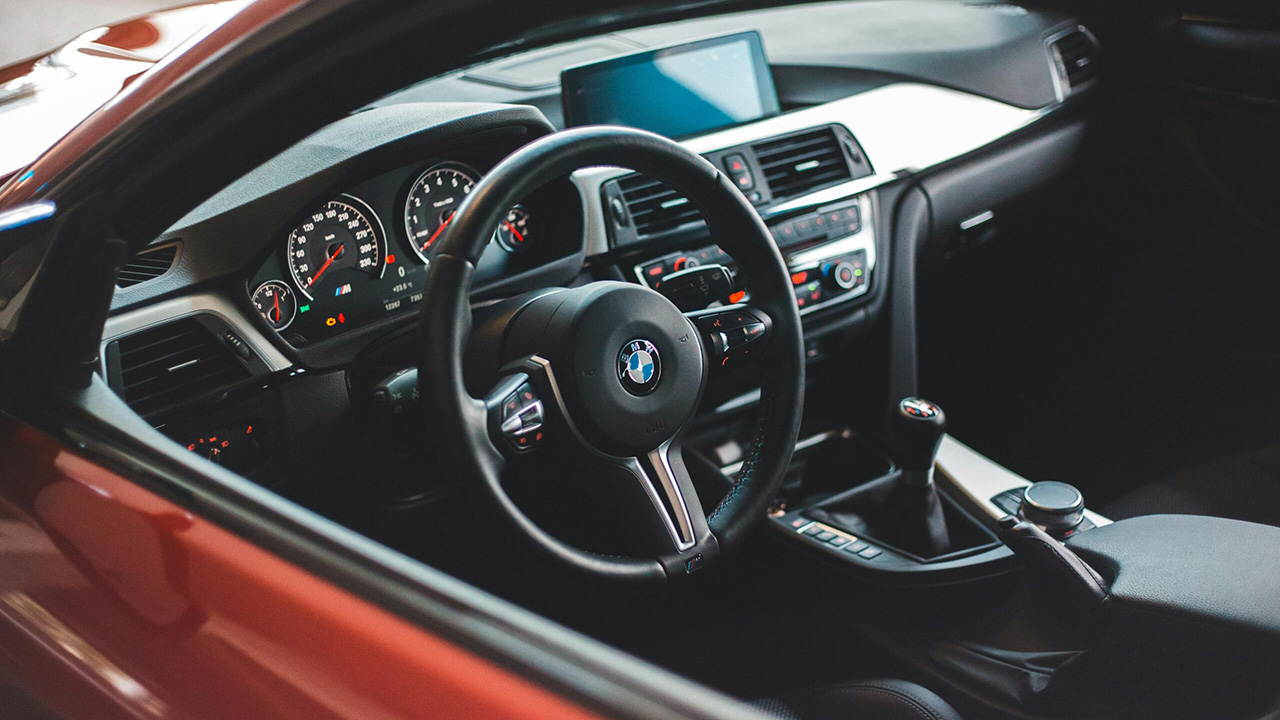
Leave a Reply